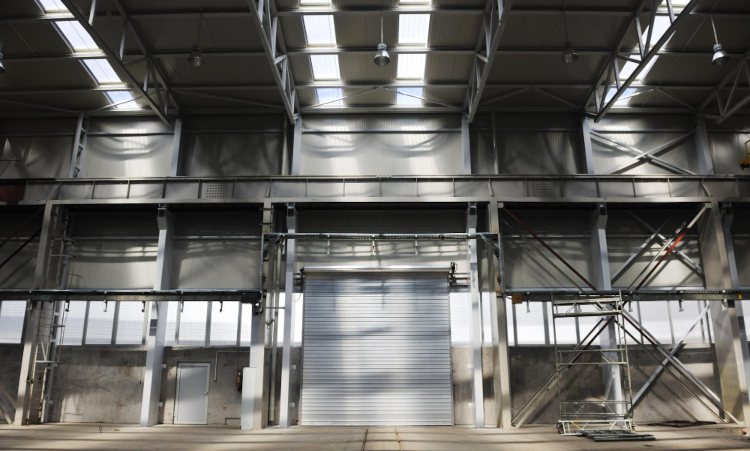Analyzing Your Warehouse Needs
Before embarking on the warehouse design process, it is crucial to conduct a thorough analysis of your specific needs and requirements. By understanding your unique operational goals, product inventory, and workflow patterns, you can tailor the warehouse design to maximize efficiency. Consider the following aspects:
Inventory Management and Storage Solutions
Efficient inventory management is the foundation of a well-organized warehouse. Implementing an appropriate storage solution ensures easy accessibility and minimizes the time spent searching for items. Some popular storage options include:
-
Selective Pallet Racking: Ideal for storing large quantities of homogeneous products, this system offers easy access to each pallet.
-
Drive-In Racking: Suited for high-density storage of similar products, this system optimizes space utilization.
-
Carton Flow Rack: Facilitates the efficient movement of smaller items, as it utilizes gravity for order picking.
-
Mezzanine Storage: Utilize vertical space by installing a mezzanine level, which can be used for additional storage or as an office area.
Workflow Analysis and Optimization
Examining your workflow is essential for identifying areas that can be improved. Utilize process flow diagrams to map out the movement of products, employees, and equipment. Consider the following tips to optimize your warehouse design and thus workflow:
-
Zone Picking: Divide your warehouse into zones and assign dedicated pickers to each area, reducing travel time and improving efficiency.
-
Cross-Docking: Streamline the movement of goods by transferring them directly from inbound to outbound docks, minimizing storage time.
-
Slotting Optimization: Analyze your product demand patterns and rearrange inventory to reduce the time spent on order picking.
Effective Space Utilization
Efficient space utilization is a key element in warehouse optimization. By making the most of your available space, you can accommodate inventory growth without the need for costly expansions. Consider the following strategies:
Dock Layout and Configuration
Analyze your receiving and shipping operations to determine the optimal dock layout and configuration. Ensure smooth traffic flow and minimize congestion by implementing the following:
-
Separate Receiving and Shipping Docks: Prevent cross-traffic and enhance operational efficiency.
-
Dock Levelers and Equipment: Invest in high-quality dock levelers and equipment to facilitate seamless loading and unloading processes.
-
Yard Management Systems: Utilize technology solutions to efficiently manage truck arrivals, departures, and dock assignments.
Automation and Technology Integration
Integrating automation and technology into your warehouse operations can significantly enhance efficiency. By streamlining manual tasks and leveraging advanced systems, you can reduce errors and increase productivity. Consider the following areas for automation:
Warehouse Management System (WMS)
Implementing a robust WMS can optimize order fulfillment, inventory tracking, and labor management. A WMS can provide real-time insights, facilitate efficient routing, and automate picking processes.
Robotics and Autonomous Guided Vehicles (AGVs)
Deploying robotics and AGVs can streamline material handling, order picking, and inventory replenishment. These technologies can improve accuracy, reduce labor costs, and increase overall operational efficiency.
Data Analytics and Business Intelligence
Leverage the power of data analytics and business intelligence tools to gain valuable insights into your warehouse operations. By analyzing key metrics, such as order processing time, inventory turnover, and labor productivity, you can make data-driven decisions and optimize performance.
Harnessing the power of an optimized warehouse design is paramount in attaining unrivaled efficiency and productivity. By meticulously examining aspects like inventory management, workflow analysis, space utilization, and the seamless integration of automation and technology, you can surpass your competitors and establish a warehouse that operates at its pinnacle performance level.















